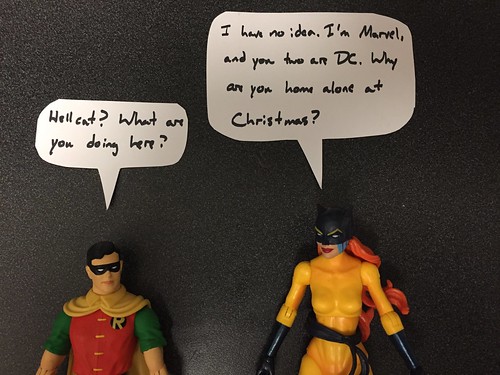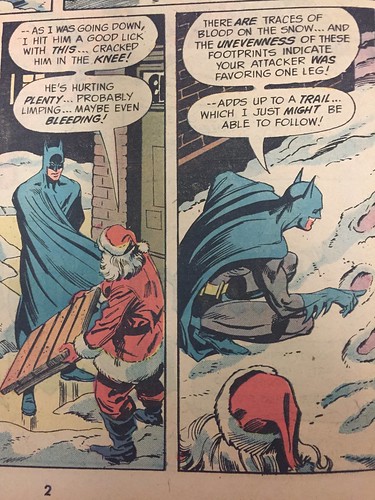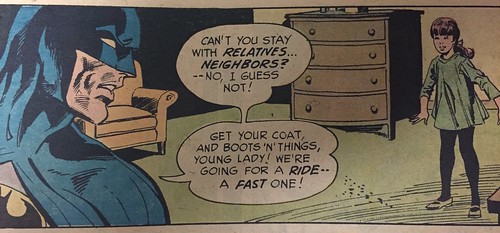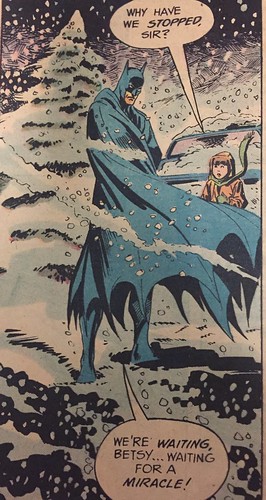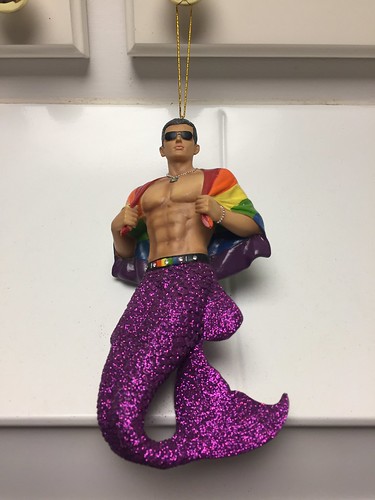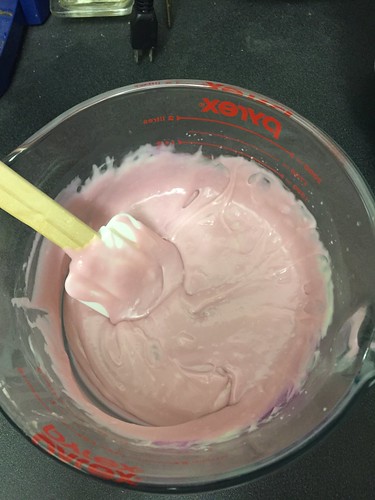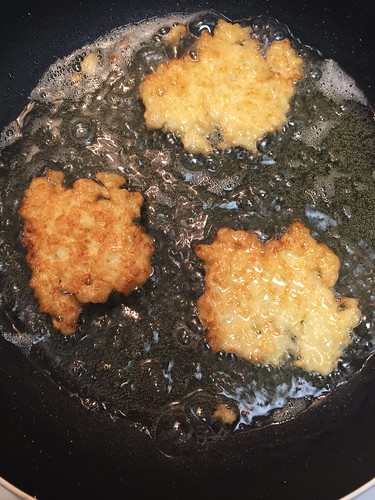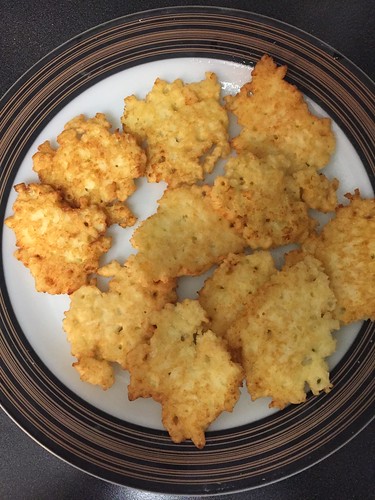Back in June I was a little worried that I was reading kind of slowly, and
might only read 52 books this year. Sometimes when we are young and foolish, we believe foolish things, like I did back in June, when I thought I was reading too slowly and might only read 52 books this year.
I'm now pretty far past that number, it seems. Over the Thanksgiving holiday, I read a book every day, and some days more than one, especially on travel days. I'll do my best to summarize, but some of these books were pretty short, so the summary will be, too.
58) I saw Mackenzi Lee's
The Gentleman's Guide to Vice and Virtue on any "employee picks" rack at Barnes and Noble, and the note with it said that it was a fun adventure book. I like fun, and adventures, so I thought, "Maybe I will like this book," and I did! Good job, Barnes and Noble employees!
The book is the story of young British lord Henry "Monty" Montague's grand tour of Europe in the 1700s with his best friend Percy, who Monty harbors an unspoken crush on, and his annoying younger sister, who they are supposed to be delivering to convent school. Monty's a bit of a drunken rake, and is under strict orders to straighten himself out or be disinherited, and this tour is supposed to be his last chance to show that he can be a responsible adult and an upstanding citizen. Monty sees it as his last chance at fun before he has to buckle down and become a serious adult, but they're barely into the trip when things go a little awry at Versailles, and then there are highwaymen, carnivals, pirates, threats to life and limb, alchemists, royals, and the off chance that Monty and Percy fall in love.
If you are a serious historian, this is definitely not the book for you. To describe it as historically inaccurate would be a charming understatement, but if you forget about that and just treat it like fun escapism, the book is fine.
59-61) I mentioned in
early November that I was on a post-Halloween Lois Duncan kick, and that continued through mid-November, when I read three more of her books.
Daughters of Eve is an exclusive after-school club at Modesta High, and girls are thrilled to be invited to join. Their club does community service, fundraisers, charity work, and brutally punishes the men who wrong their members. On top of that, one of the members also has psychic visions of blood and disaster. My only complaint about this one is the lack of an ending: things spiral out of control until the inevitable murder, and then there's just a page of "three years later, this is where everyone is now". It was almost like Duncan thought, "I need to hit 200 pages and... oh, I'm done. OK."
I was really curious to read
I Know What You Did Last Summer because I've seen the movie so many times, but the book is very different. The basic setup is there, but the book has significantly less murdering. It also has at least one idea that they saved for the second movie. This was an interesting read, but mostly just in the sense of comparing and contrasting the two.
Gallows Hill was a strange book. Sarah, a newstudent at school, is convinced by popular boy Eric to be a fortune teller at their school carnival. Aided by her gossipy future stepsister, Sarah's fortunes seem shockingly accurate to the student body, so much so that Eric convinces her to keep doing fake readings by appointment after the carnival. While most of her readings are just spilling the secrets that Kyra tells her, she occasionally blurts out visions that she's suddenly begun seeing in her crystal ball, and the deeply religious, conservative town begins to turn on her. Can Sarah convince the town that she's not evil, or will she be burned as a witch in the modern-day Midwest? The moral of this story is never to trust attractive, popular boys, which is a pretty useful life lesson.
62) Since I was already into murder books at this point in the month, I pulled Mindy Mejia's
Everything You Want Me To Be off of my unread books pile. A murder mystery, it opens with the discovery of Hattie Hoffman's body in a secluded barn where the local kids go to make out, and then walks us back through the last year of Hattie's life. A straight A student who was pretty and popular, it seems at first that there's no one who would want Hattie dead, but as always turns out to be the case in books like this, Hattie had secrets, and she's not the only one. The story bounces back and forth between the past, as Hattie moves closer and closer to death, and the present, as the sheriff slowly discovers all the lies hovering over Hattie's life, and wonders which one led someone to stab her and leave her to die.
This was a decent read, but not as mesmerizing as the back cover led me to believe it would be.
63) In Jac Jemc's
The Grip of It, Julie and James move into a beautiful suburban house on the edge of the woods. It's quiet, secluded, and has a lot of storage space.
A lot of storage space.
There are compartments built into the walls. Secret rooms behind the closets. Trapdoors. Crawlspaces. Passages behind the rooms. And then there's the noise, the weird vibrating sound that they hear and that the realtor promised as just the house settling. And the stains on the walls, which grow and change and match the strange bruises that start appearing on Julie's body. And the weird neighbor who stands at his windows, staring into theirs. James and Julie live in their house, but what else does? And will it let them leave?
This was a creepy, fast read. My parents got it for me for my birthday, but probably didn't intend that I would read the entire book in one sitting on the plane. Doing so probably added to the claustrophobic experience of getting enmeshed in this story.
64) I briefly broke out of fiction to read Douglas Preston's
Lost City of the Monkey God, a nonfiction account of the discovery of a lost city, and possibly lost civilization, deep in the unexplored jungles of Honduras. When archeologists using new laser and radar technology decide to search remote Honduran jungles for the legendary White City of the Monkey God, they discover two previously unknown sets of ruins beneath the vegetation, and Preston is recruited to cover the initial survey and exploration for National Geographic.
The ruins are deep in the Honduran rainforest, and the only way in is by helicopter. The jungle is home to poisonous snakes, jaguars, quickmud, insects, and drug lords, and the only way in or out is by helicopter in treacherous unpredictable weather conditions. The team is ready to brave all of this and the rumors that anyone who enters the city will be cursed and die, but then, after the initial expedition, they begin to fall ill with a mysterious, incurable parasitic disease.
This book was interesting and engaging. Preston covers science, history, and archeology while keeping the narrative accessible to readers who are not experts in those fields, and delivers a good read.
65) Chuck Palahniuk's
Doomed picks up a short time after
Damned left off, returning the reader to the afterlife of Madison Spencer, the world's allegedly snarkiest dead girl. SPOILER: She's not nearly as snarky and entertaining a character as Palahniuk thinks she is, and she certainly doesn't get any better or more interesting in a second book. I'm not even going to bother talking about this one, and will instead advise you to skip them both.
66) I read about Anne Rivers Siddons'
The House Next Door in
Paperbacks From Hell, a book about pulp horror novels that I read back in October, and was intrigued. Siddons isn't usually a horror writer, so I wondered what kind of haunted house story she'd produce, and it turned out to be a pretty good one.
Colquitt (which can't actually be someone's name) and Walter live in a nice neighborhood, next to a wooded lot that they assume will never be developed because it's oddly shaped, so they're very surprised when a rich young couple appears with a brilliant young architect who has designed a breathtaking house that blends perfectly with the geography, and will bring a modern, contemporary touch to their neighborhood. When it's finished, the house is everything they imagined, but a horrible fate befalls the young couple almost immediately. And the couple after that. And the neighbors that befriended the new couple. And the next family, and the neighbors that befriended them. Can a brand new house be haunted? Can something evil grow in quiet, casual suburbia? And if Walter and Colquitt try to stop another family from moving in, what will happen to them?
This was an interesting, suspenseful read. I liked it, but there are parts that seem a little dated, which isn't surprising given the original publishing date.
67) Speaking of older books, I went from that one straight to Agatha Christie's
Murder on the Orient Express, the best book that I could find at the CVS drug store by my grandparents' house when I did not pack enough books for a three day trip downstate. This is a good story and a good mystery, only the second one of Christie's that I've ever read. There's a reason why her stories are so famous and well loved, and even though now know what happens, I look forward to seeing the new movie.
68) Richard Laymon's
Night in the Lonesome October was kind of garbagey, and I'm surprised it didn't make it into that book about horror pulp, because it sure was pulpy. Ed, a college student, starts walking the streets of his town at night after he gets a breakup letter from his girlfriend, who left school and did not return. As he does, he starts meeting strange people: a girl who lives in other people's houses, an elderly hag who tries to hit people with her bicycle, a bisexual rapist, naked cannibals that live under the bridge...
The weird part of this is that everyone acts like this is kind of normal. Ed and his friends are in danger, but no one in town seems to think it's weird that there is a gang of naked cannibals living in the park, or that if you walk around after dark sex criminals might pull you into their windowless van, or a one-armed lady might try to run you over with her jeep. There were some ideas here, but the execution was kind of a mess, and homophobic, too.
69) Melanie Benjamin's
The Swans of Fifth Avenue fictionalizes the friendship between Truman Capote, Babe Paley, and the rest of the society women/"swans" that he surrounded himself with and then ultimately betrayed by writing about. Some of this is based in fact, but some of it is clearly romanticized, and not always well. For example, every time young Truman is mentioned Benjamin goes on and one about what an ethereal angelic young blond he was, like no one in Manhattan has ever seen a twink before, and scenes of Paley's vulnerability, like the night she let Truman see her without makeup when even her husband was never allowed to do so, just fall flat. The nonfiction accounts of this story are fascinating, but this fictionalized account is probably only interesting to people who haven't ever read any Capote biographies.
70) I switched back to nonfiction for Tim Hanley's
Investigating Lois Lane, a history of the iconic Superman character. Hanley gives a good survey of the publishing history of the character, and the depiction in other media (radio, movies, television), but this book really shines in two areas: in the history and development of Lois (I learned, for example, that the original model for Lois dated one of Superman's creators and then married the other) and in comparing the ways that Lois was portrayed throughout the years to the ways in which American society viewed career women.
This was a good, informative read, but it's mostly for comics fans more than the casual reader, in that it assumes the reader already has a lot of comic book knowledge.
71) Anne Rice, assistant by coauthor and son Christopher, returned to the world of
The Mummy with
Ramses the Damned: The Passion of Cleopatra. While I've always loved the original book, I'm not sure it needed a sequel, as this is pretty much all of Anne Rice's usual plot clichés: previously unknown older rulers who have been watching from afar, a lost civilization where the species of immortal originated, a previously unknown ancient enemy that characters old and new have to band together to fight, a new way for all of them to live together once it's over, etc. If you really liked
Queen of the Damned and
Taltos and wished Rice would give the same treatment to the Mummy, too, then this is totally the book for you.
72) In a strange circling back to the first book on this list, I picked up Stephanie Perkins'
There's Someone Inside Your House because I saw it on a rack at Barnes and Noble and the cover caught my eye. It tells the story of Makani, who moved from Hawaii to her grandmother's house in Nebraska for a mysteriously sinister reason that we find out later. The unspoken problem has left Makani traumatized and withdrawn, and in the year that she's been in Nebraska she's only made a few friends and has had a weird, secret relationship with Ollie, who works at the grocery store. Now it's her senior year, things with her and Ollie are messed up and awkward, and then their classmates start getting murdered. What links the seemingly random victims to Makani, and puts her in the killer's sights as well? Will she survive long enough to find out?
This was fast, but entertaining, like a teen slasher horror movie in book form.
And that has me caught up until I finish the book in my bag right now.
Which I'll be reading during dinner.




